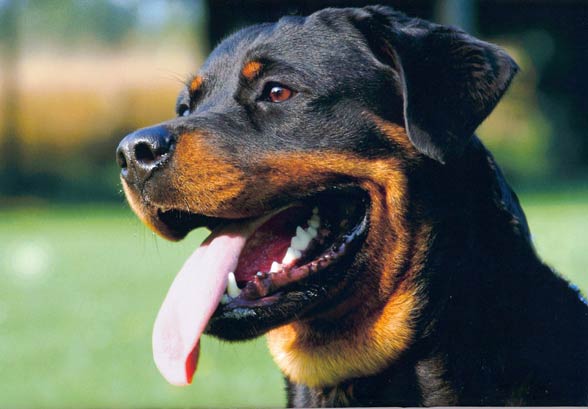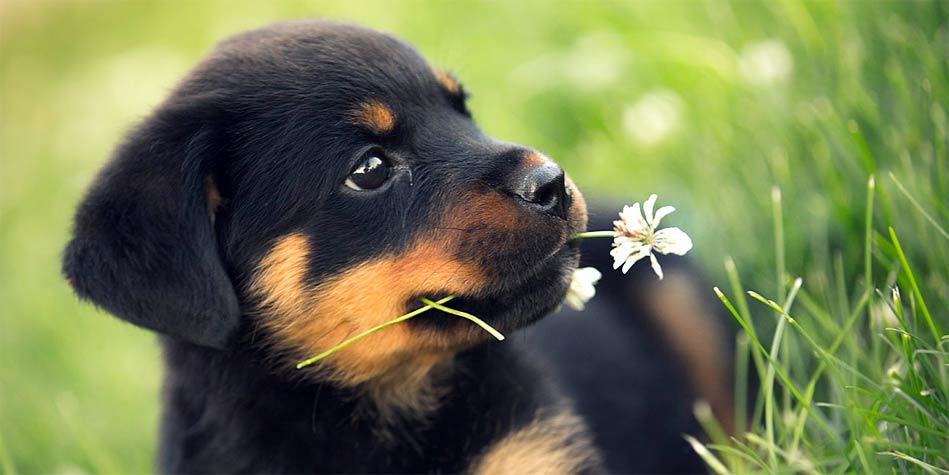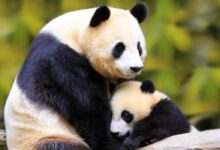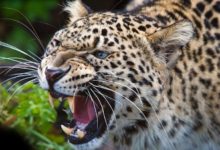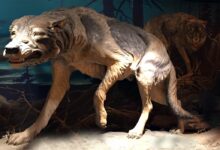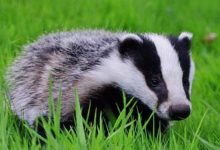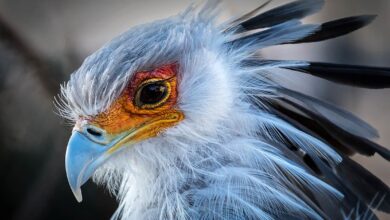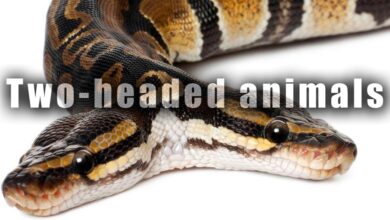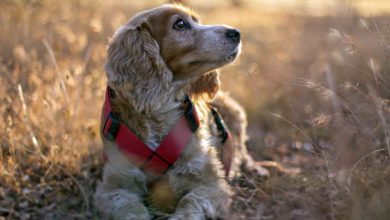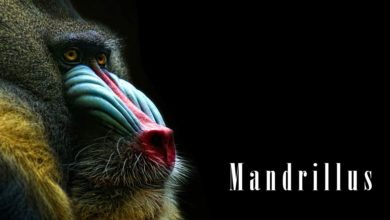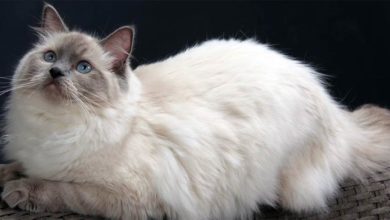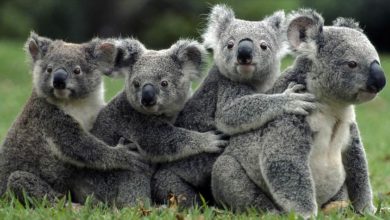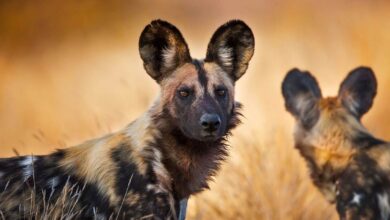Dog Breeds – Rottweiler
Dog with two faces: can love children, but also to attack a stranger. Despite appearances, the Rottweiler is very demanding – but patience will be rewarded with a devoted and loving giant. His strong personality can tame just as strong personality of the owner and trainer.
Names
Rottweiler is also called: Rott, Rottie
Country of origin
Germany.
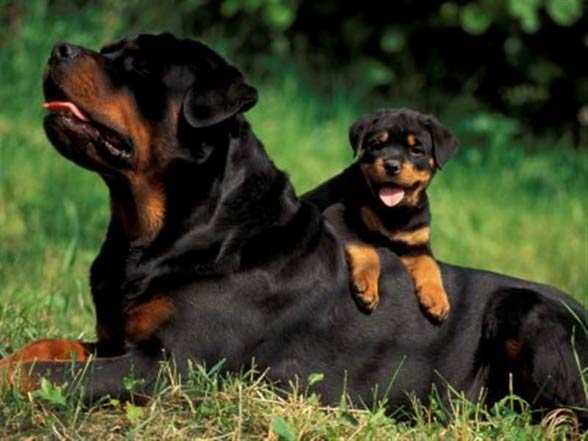
Classification
- FCI: Group 2 Section 2 #147
- AKC: Working
- ANKC: Group 6 (Utility)
- CKC: Group 3 – Working
- KC (UK): Working
- NZKC: Utility
- UKC: Guardian Dog
General appearance
The Rottweiler is a medium to large size, stalwart dog, neither heavy nor light and neither leggy nor weedy. His correctly proportioned, compact and powerful build leads to the conclusion of great strength, agility and endurance.
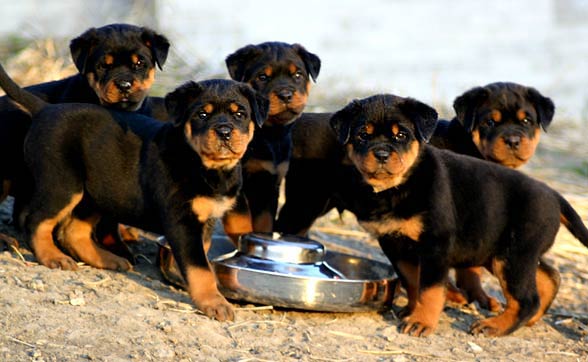
History
The Rottweiler is considered to be one of the oldest dog breeds. Its origin goes back to Roman times. These dogs were kept as herder or driving dogs. They marched over the Alps with the Roman legions, protecting the humans and driving their cattle. In the region of Rottweil, these dogs met and mixed with the native dogs in a natural crossing. The main task of the Rottweiler now became the driving and guarding of the herds of cattle and the defence of their masters and their property.
This breed acquired its name from the old free city of Rottweil and was known as the « Rottweil butcher’s dog’ ». The butchers bred this type of dog purely for performance and usefulness. In due course, a first rate watch and driving dog evolved which could also be used as a draught dog. When, at the beginning of the twentieth century, various breeds were needed for police service, the Rottweiler was amongst those tested. It soon became evident that the breed was highly suitable for the tasks set by police service and therefore they were officially recognized as police dogs in 1910.
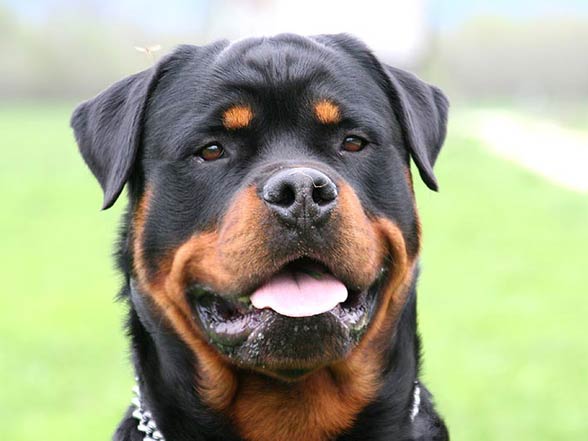
Description
Head
The skull is of medium length, broad between the ears. The forehead line is moderately arched as seen from the side, with the occipital bone well developed without being conspicuous. The stop is well defined. The Rottweiler nose is well developed, more broad than round, with relatively large nostrils and always black.
The muzzle should appear neither elongated nor shortened in relation to the cranial region. The nasal bridge is broad at the base and moderately tapered. The lips are black and close fitting with the corner of the mouth not visible. The gums should be as dark as possible. Both the upper and lower jaws are strong and broad.
According to the FCI Standard Rottweilers should have strong and complete dentition (42 teeth) with scissor bite, the upper incisors closely overlapping the lower incisors. The zygomatic arches should be pronounced. The eyes should be of medium size, almond-shaped and dark brown in colour. The eyelids are close fitting.
The ears are medium-sized, pendant, triangular, wide apart, and set high on the head. With the ears laid forward close to the head, the skull appears to be broadened. The skin on the head is tight fitting overall. When the dog is alert, the forehead may be slightly wrinkled.
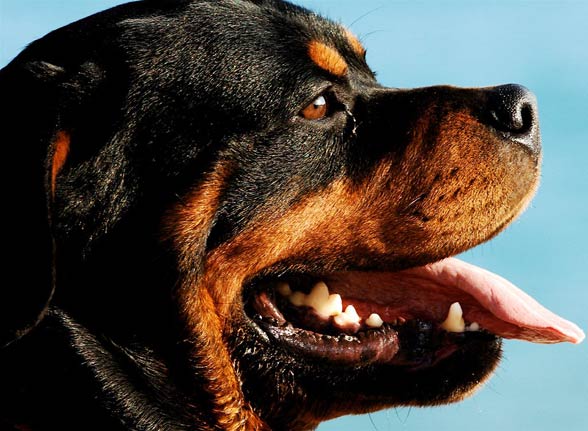
Neck
The neck is strong, of fair length, well muscled, slightly arched, clean, free from throatiness.
Body
Rottweiler breed competition at the Reliant Arena American Kennel Club World Series Dog Show July 23, 2006.
The back is straight, strong and firm. The loins are short, strong and deep. The croup is broad, of medium length, and slightly rounded, neither flat nor falling away. The chest is roomy, broad and deep (approximately 50% of the shoulder height) with a well-developed forechest and well sprung ribs. The flanks are not tucked up.
Tail
The tail was traditionally docked at the first or second joint or Natural Bob Tail (“stumpy”). However docking is now banned in many countries and this is reflected in the FCI Standard. It remains legal in others, notably the USA and New Zealand and this is reflected in the AKC and NZKC Standards.
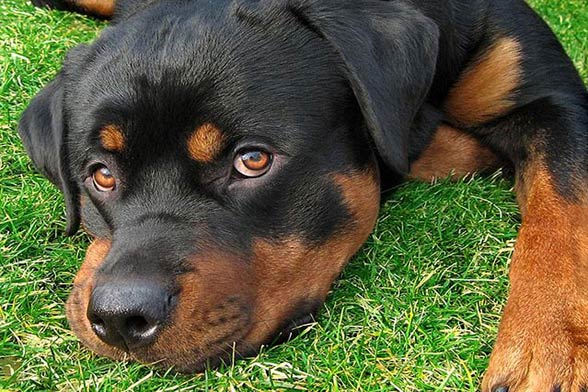
Limbs
When seen from the front, the front legs are straight and not placed close to each other. The forearm, seen from the side, stands straight and vertical. The slope of the shoulder blade is about 45 degrees. The shoulders are well laid back. The upper arm is close fitting to the body. The forearm is strongly developed and muscular. Pasterns are slightly springy, strong but not steep. The front feet are round, tight and well arched, the pads hard, nails are short, black and strong.
When seen from behind, the rear legs are straight and not too close together. When standing free, obtuse angles are formed between the dog’s upper thigh and the hip bone, the upper thigh and the lower thigh, and the lower thigh and metatarsal. The upper thigh is moderately long, broad and strongly muscled. The lower thigh is long, strongly and broadly muscled, sinewy. The hocks are sturdy, well angulated, not steep. The hind feet are slightly longer than the front feet. Toes are strong, arched, as tight as the front feet.
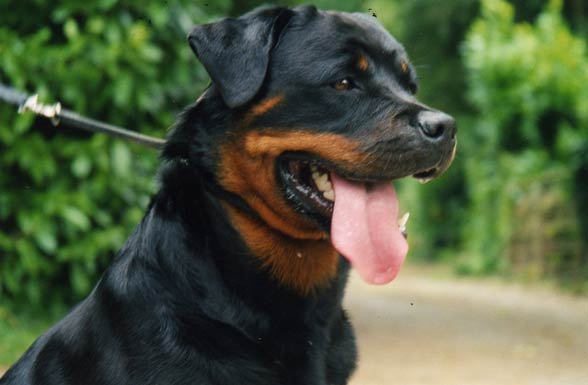
Gait
The traditional gait of a Rottweiler is a trot. This movement comes naturally to the Rottie and should appear as such. While walking, the Rottweiler’s legs, both front and hind, should move in a straight forward and backward manner. As with the straight movement of the legs, the path the Rottweiler moves in should also be straight. The Rottweiler’s gait is all about balance and effectiveness as the breed is still used as a herder today.
Coat
The coat consists of an outer coat and an undercoat. The outer coat is of medium length, coarse, dense and flat. The undercoat should be present on the neck and thighs. The undercoat must not show through the outer coat. Rottweilers living in hot climates may have acclimatised and may be missing the undercoat.
Rottweiler coats tend to be low maintenance, although they experience heavy shedding before their seasons (females) or seasonally (males). According to American Kennel Club breed standards, a Rottweiler’s coat is short and straight. A coat that is long or wavy is considered a flaw to the AKC.

Color and markings
The color and markings of a Rottweiler are very distinctive. A Rottweiler is always, by any breed club standards, black with well-defined mahogany or rust-colored markings that do not take up more than ten percent of the dog’s body color.
All Rottweilers standard to AKC specifications have one mahogany dot above each eye on the inner brow ridge, on the cheeks, one strip on each side of the snout; cheek markings do not cross over the bridge of the nose, the top of the nose should remain black. The markings on the face should move down onto the dog’s throat.
On the chest, a Rottweiler will have two downward-facing triangular marks. On each front leg the marks will stretch from the forearm to the toes. On the hind legs, the markings will begin on the inside and move outward onto the stifle, then out onto the hock stretching to the toes as well.
AKC standards recognize that the black base color is not completely voided on the rear pasterns. There is a patch of rust or mahogany underneath the tail that resembles a triangle as well. A thin strip of black should be present on each of the Rottweiler’s toes.
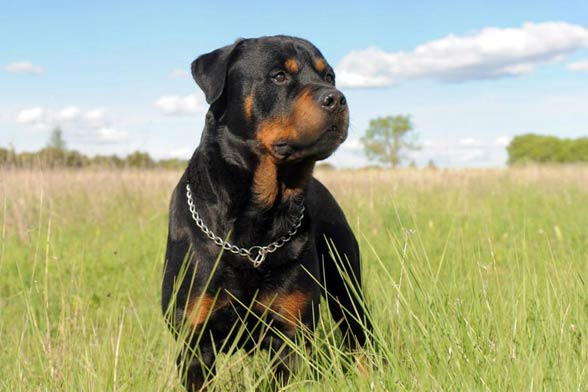
Temperament
Rottweilers are good-natured, placid in basic disposition, very devoted, obedient, biddable and eager to work. Their appearance is natural and rustic, their behaviour self-assured, steady and fearless. They react to their surroundings with great alertness. It is a calm, confident and courageous dog with a self-assured aloofness that does not lend itself to immediate and indiscriminate friendships. A
Rottweiler is self-confident and responds quietly and with a wait-and-see attitude to influences in its environment. It has an inherent desire to protect home and family, and is an intelligent dog of extreme hardness and adaptability with a strong willingness to work, making them especially suited as a companion, guardian and general all-purpose dog.
Rottweilers are a powerful breed with well-developed genetic herding and guarding instincts. Potentially dangerous behaviour in Rottweilers usually results from irresponsible ownership, abuse, neglect, or lack of socialisation and training. However, the exceptional strength of the Rottweiler is an additional risk factor not to be neglected. It is for this reason that breed experts declare that formal training and extensive socialisation are essential for all Rottweilers.
Rottweilers love their owners and may behave in a clownish manner toward family and friends, but they are also protective of their territory and do not welcome strangers until properly introduced. Obedience training and socialisation are required.

Aggressiveness
If Rottweilers were average in aggressiveness (bites or bite attempts) towards owners and other dogs, it indicated they tend to be more aggressive than average toward strangers. This aggression appears correlated with watchdog and territorial instincts.
Health
Rottweilers are a relatively healthy, disease-free breed. As with most large breeds, hip dysplasia can be a problem. For this reason the various Rottweiler breed clubs have had x-ray testing regimes in place for many years. Osteochondritis dissecans, a condition affecting the shoulder joints, can also be a problem due to the breed’s rapid growth rate. A reputable breeder will have the hips and elbows of all breeding stock x-rayed and read by a recognised specialist, and will have paperwork to prove it.
They will also have certificates that their breeding animals do not have entropion or ectropion and that they have full and complete dentition with a scissor bite.
As with any breed, hereditary conditions occur in some lines. The Rottweiler is very prone to cancer which is among the most common causes of early death in Rottweilers. For unknown reasons, Rottweilers are more susceptible than other breeds to become infected with parvovirus, a highly contagious and deadly disease of puppies and young dogs. Parvovirus can be easily prevented by following a veterinarian’s recommended vaccine protocol.
If overfed or under exercised, Rottweilers are prone to obesity. Some of the consequences of obesity can be very serious, including arthritis, breathing difficulties, diabetes, heart failure, reproductive problems, skin disease, reduced resistance to disease and overheating caused by the thick jacket of fat under the skin.
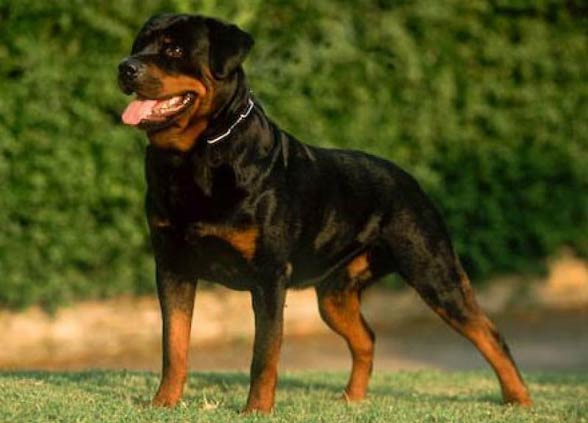
Data / Size
Rottweiler
- Weight:
- Male: 50–60 kg (110–130 lb)
- Female: 35–48 kg (77–110 lb)
- Height:
- Male: 61–69 cm (24–27 in)
- Female: 56–63 cm (22–25 in)
- Coat: Double coated, Short, hard and trick
- Color: Black and tan or black and mahogany
- Litter size: average 8 to 12 although larger litters are known
- Life span: 9–10 years
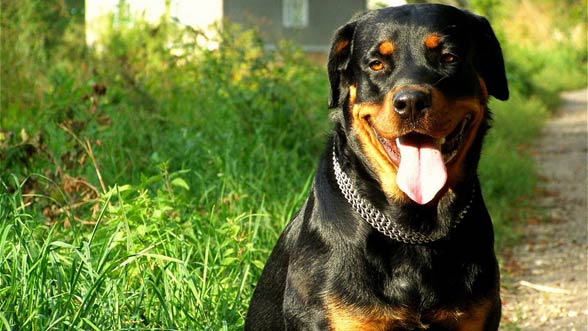
Rottweiler – Curiosities
- Chest constitutes 50% of the total height at shoulders.
- The habit of tail and ear docking of rottweilers was banned by the FCI.
- The image of a Rottweiler as a bad animal is shown in movies and TV series. The best example of this is the horror The Omen, as well as tabloids reported outbreaks of bloody aggression of these large dogs. Some productions, such as “Lethal Weapon 3” (Lethal Weapon 3), “Half Baked” and the series “Entourage”, however, show the breed in a positive light, thus saving her tarnished image.
